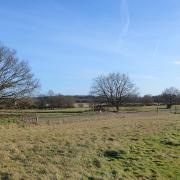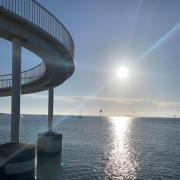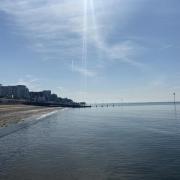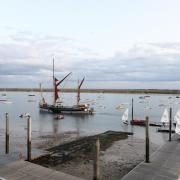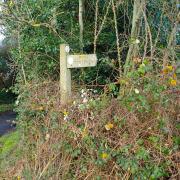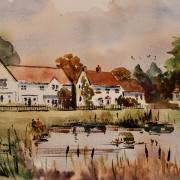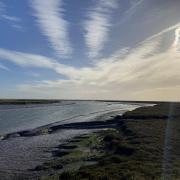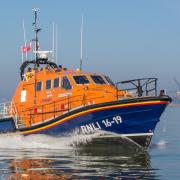Did you know the history of Essex's secret island
Today, Osea Island is a quiet, privately owned island with few inhabitants located in the Blackwater Estuary. With a history that dates back to at least Neolithic times, and influence from both the Romans and Vikings, Osea Island has always been recognised for its use as an arable area.
With the Roman addition of the Causeway, which stands solidly generations later, Osea Island has been a productive site despite being cut off from the mainland. As a nutrient-rich land, when William the Conqueror came to our shores, Osea Island was soon recorded in the Domesday book and would go on to be passed from one noble family to the next. By the 20th century, Osea Island was ready for a new chapter, one that reached far beyond its noble yet humble farming roots.
In 1903, Osea Island came to be the property of Frederick Nicholas Charrington, the son of one of the partners of the hugely successful brewing family of the same name. Heir to an eye-watering estate that numbered into the multi-millions, Frederick rejected his entitlement to his father’s part of the company and instead threw himself into the temperance movement – quite the change for a brewer’s son!
Reportedly, Frederick had become aware of the plight of so many wives and children after witnessing a young mother begging her husband to stop drinking and to provide food for the youngsters. The mother reportedly was knocked to the ground and Frederick quickly followed after trying to protect her. It was with horror that a youthful Frederick realised that the man had been drinking at one of his family’s pubs.

Renouncing his roots, Frederick promptly purchased Osea Island and put it to good use by making it a private rehabilitation site for recovering alcoholics. Treatment was free and recovering residents were only required to give back to their community and the hospitality extended to them by working for the common good on the island, undertaking such tasks as gardening. When Frederick Charrington rejected his family’s business, he instead left a legacy that improved the lives and wellbeing of people who lived not only in his own era, but in the times to come.
Frederick was also responsible for bringing a troupe of wallabies to Osea Island and planting a variety of palm trees – one can only imagine what the recovering residents thought! Even in more recent times, the legacy that Frederick established continued with several high-profile individuals having come to this Essex island for rehabilitation.
During World War I and II, Osea Island undertook an important role after it was requisitioned by the military. Just before the outbreak of WW1, Osea Island became the top-secret base for trialling a new seaplane, which was tested by John Cyril Porte himself, renowned for being an important flying-boat pioneer.
By the time war had officially been declared, the Navy was present on the island, complete with thousands of sailors as well as the Women’s Royal Naval Service, who undertook various roles on the Home Front from driving and operating radios to tending to clerical roles, providing weather forecasts and some domestic duties.
Osea Island was also home to a secretive base for motor torpedo boats. Victoria Cross recipient Augustus Angar was stationed here after an already impressive track record of bravery. These coastal torpedo boats were being used to transport British personnel between home shores and Russia, a series of dangerous missions that saw Angar negotiate enemy waters.
Today, Osea enjoys a more peaceful existence, in harmony with its early farming roots. It is hailed for its flora and fauna and as a Site of Special Scientific Interest. Visitors can book in for a private stay in its luxurious accommodation, soaking up the island in all its quiet beauty. It is rumoured a number of celebrities have stayed here, including Rihanna, Jude Law and Stormzy.
Here we have an island that has outlived the invasions of the Romans and Vikings and has played a vital role in both the war efforts, not to mention providing a refreshing backdrop for recovery. Yes, Osea Island truly is the gem on Essex’s coast.




